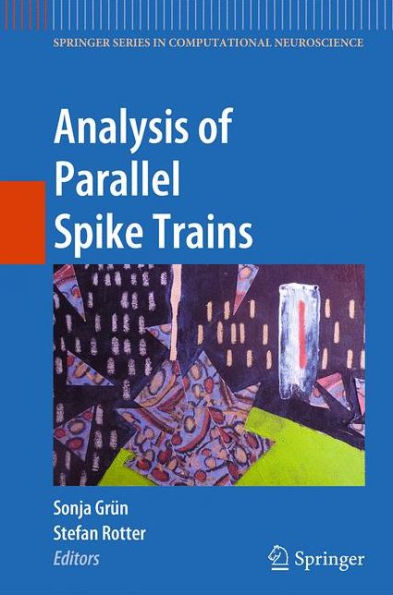Solid and transparent data analysis is the most important basis for reliable interpretation of experiments. The technique of parallel spike train recordings using multi-electrode arrangements has been available for many decades now, but only recently gained wide popularity among electro physiologists. Many traditional analysis methods are based on firing rates obtained by trial-averaging, and some of the assumptions for such procedures to work can be ignored without serious consequences. The situation is different for correlation analysis, the result of which may be considerably distorted if certain critical assumptions are violated. The focus of this book is on concepts and methods of correlation analysis (synchrony, patterns, rate covariance), combined with a solid introduction into approaches for single spike trains, which represent the basis of correlations analysis. The book also emphasizes pitfalls and potential wrong interpretations of data due to violations of critical assumptions.
1130337995
Analysis of Parallel Spike Trains
Solid and transparent data analysis is the most important basis for reliable interpretation of experiments. The technique of parallel spike train recordings using multi-electrode arrangements has been available for many decades now, but only recently gained wide popularity among electro physiologists. Many traditional analysis methods are based on firing rates obtained by trial-averaging, and some of the assumptions for such procedures to work can be ignored without serious consequences. The situation is different for correlation analysis, the result of which may be considerably distorted if certain critical assumptions are violated. The focus of this book is on concepts and methods of correlation analysis (synchrony, patterns, rate covariance), combined with a solid introduction into approaches for single spike trains, which represent the basis of correlations analysis. The book also emphasizes pitfalls and potential wrong interpretations of data due to violations of critical assumptions.
219.99
In Stock
5
1

Analysis of Parallel Spike Trains
444
Analysis of Parallel Spike Trains
444
219.99
In Stock

Product Details
| ISBN-13: | 9781461426523 |
|---|---|
| Publisher: | Springer US |
| Publication date: | 10/13/2012 |
| Series: | Springer Series in Computational Neuroscience , #7 |
| Edition description: | 2010 |
| Pages: | 444 |
| Product dimensions: | 6.10(w) x 9.25(h) x 0.04(d) |
From the B&N Reads Blog
